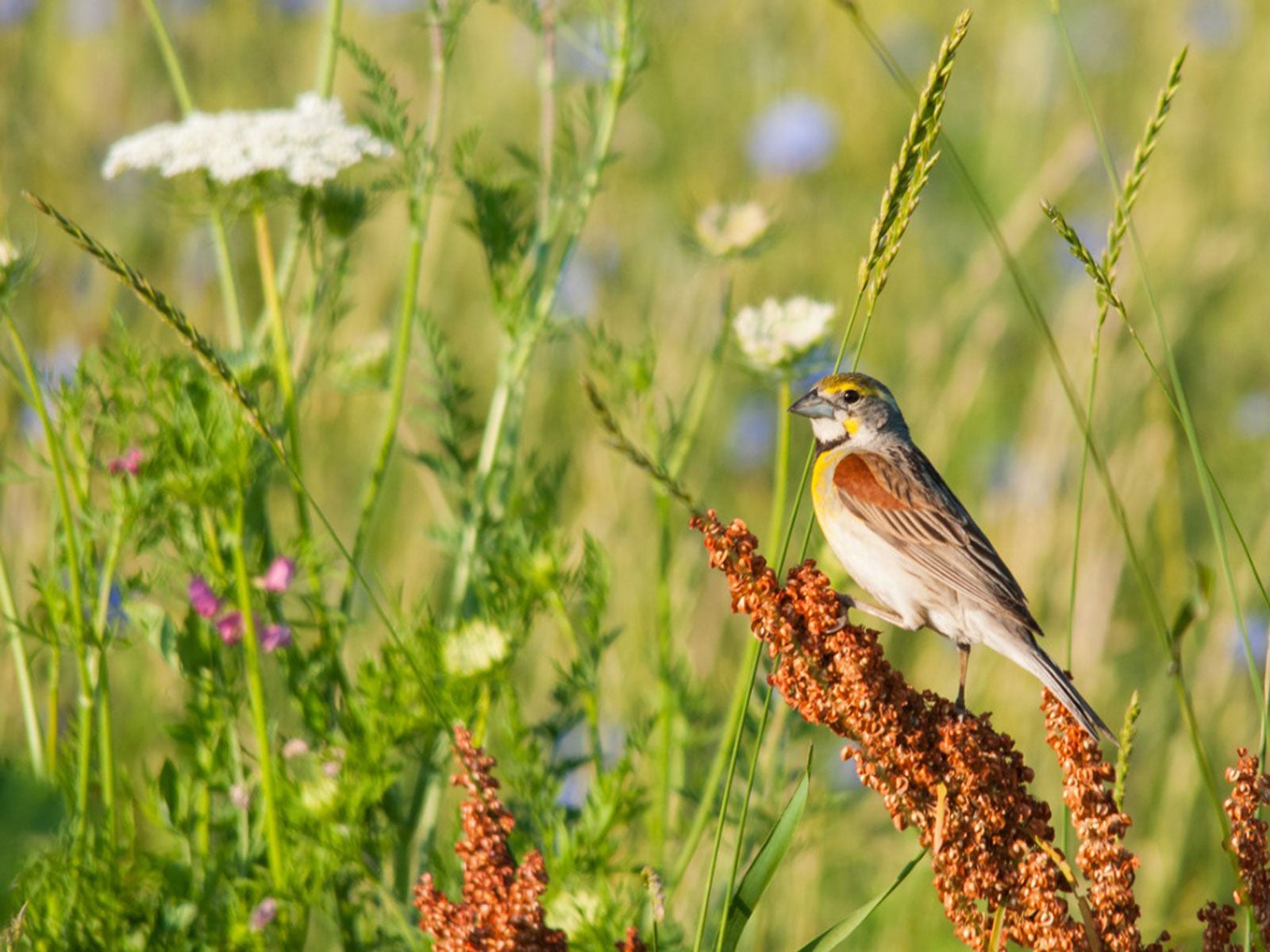What Do Micro Prairies Do: How To Grow A Micro Prairie


Many schools, parks, and homeowners are doing their part to replace native habitat lost to urban sprawl and global climate change. By building a micro prairie full of native plants and grasses, they can provide food and shelter for native insects and pollinators. Keep reading for tips on how to grow a micro prairie.
What Do Micro Prairies Do?
Micro prairie plants-- such as grasses, coneflowers, and milkweeds, attract native insects like bees, butterflies, birds, and other wildlife to seek their natural food sources and overwintering sites. Planting a micro prairie in your own backyard can help sustain wildlife displaced by lack of habitat, as well as increase your knowledge and appreciation of nature.
Micro prairies provide natural forms of food for wildlife such as nectar, pollen, seeds, and berries. The different heights and densities of the plants provide good cover and overwintering sites.
How to Grow a Micro Prairie
To grow a micro prairie, decide how large you want the plot to be, and look for a sunny area on your property. Most micro prairie plants need full sun to thrive. Plan for at least a half day of sun.
Assess your soil property. Is it dry, medium, or wet? Is it clay, sandy, or loam? Well-draining soil is ideal. Areas that hold water for long periods are least desirable. You will need to know these aspects when choosing plants.
Next, remove the grass in your plot. It is best not to disturb the soil too much because weed seeds will be brought to the surface to germinate. Grass can be dug out by hand or with a sod cutter. If you are not ready to plant, you can smother the grass and weeds by covering it with clear plastic weighed down with bricks. Leave it for six to eight weeks until the grass and weeds are brown.
In the spring or fall, choose a diverse selection of plants that are native to your region. Include grasses, perennials, and annuals. Native Plant Societies, nonprofit groups, and native plant nurseries are all good choices for sourcing plants.
Gardening tips, videos, info and more delivered right to your inbox!
Sign up for the Gardening Know How newsletter today and receive a free copy of our e-book "How to Grow Delicious Tomatoes".
Here are some general suggestions but choose those that are native in your area.
Native plants for dry soil:
- Purple coneflower (Echinacea purpurea)
- Pale coneflower (Echinacea palida)
- Goldenrod (Solidago spp.)
- Black-eyed Susan (Rudbeckia hirta)
- Lanceleaf coreopsis (C. lanceolota)
- Eastern red columbine (Aquilegia canadensis)
- Butterfly weed (Asclepias tuberosa)
- Button blazing star (Liatris aspera)
Native plants for moist, well-draining soil:
- Swamp milkweed (Asclepias incarnata)
- Winecups (Callirhoe involucrata)
- Blazing star (Liatris spicata)
- Goldenrod (Solidago spp.)
- Joe Pye weed (Eupatorium maculatum)
- Blue false indigo (Baptisia australis)
- Purple coneflower (Echinacea pupurea)
Native grasses:
- Little bluestem (Schizachyrium scoparium)
- Switchgrass (Panicum virgatum)
- Prairie dropseed (Sporobolus heterolepis)
- Indian grass (Sorghastrum nutans)
- Pink muhly grass (Muhlenbergia capillaris)
When designing your beds, situate the taller plants in the back or the center so they don’t shade out the shorter plants. It may take up to two years for the plants to establish. Be sure to keep up with pulling weeds until the plants fill in and cover the bare spots.
In the fall, leave the seed heads for the birds to eat. Do not cut back the foliage or grasses until the next spring. That way, if beneficial insects are overwintering, they will be safe.
If starting your micro prairie plants from seed, fall is the best time to plant. Some of the plants need the cooling period they get from winter (stratification) before germinating in the spring.
Once the plants are established, a micro prairie requires little maintenance.

After graduating from Oklahoma State University with a degree in English, Susan pursued a career in communications. In addition, she wrote garden articles for magazines and authored a newspaper gardening column for many years. She contributed South-Central regional gardening columns for four years to Lowes.com. While living in Oklahoma, she served as a master gardener for 17 years.